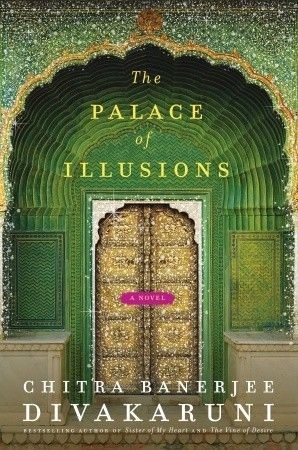Since its dawn, feminism as a phenomenon has had its journey, all the way from the late 19th century, when women in New York, started fighting for their legal rights with the suffrage to the present day #metoo movement. Feminism has come a long way, and as Virginia Woolf said, "all feelings of extremes are allied with madness". Feminism throughout these years has been one of the most celebrated, criticized, and yet widely misunderstood phenomena. But, before we delve deeper into the matter, for starters lets breakdown what feminism stands for, according to the Merriam Webster dictionary feminism stands for "the theory of the political, economic, and social equality of the sexes" the keyword here being "equality of the sexes". Considering feminism to be median to change society's power structure to favor women, or considering feminism to be directly associated with hate towards men are the two biggest misunderstandings about this phenomena. However, the said concepts of "feminists hate men" and "females trying to have a greater position in our society" are directly attributed, to the ideology of misandry. What is misandry? Misandry in the simplest terms is the man version of misogyny, (misogyny, sadly being a more eminent term). The Merriam Webster dictionary defines it as "hatred towards men" Misandry is a term that manifests, discrimination, denigration, and prejudice against men. Having evaluated the two definitions, we understand that misandry is not a radicalized expression of feminism and neither a concept that feminism promotes.

Panchaali, daughter of King Drupad and wife to five of the greatest men in the Indian epic, is given a bold voice and a gratifying revision, in this feisty yet sublimely moving retelling of the Mahabharat. Emerging from a fire as a gift to her father after a painfully long period of patience and prayer, life wouldn't be easy on her and that was voiced at her birth; but enduring a fierce civil war, domestic power struggles, and the perils of attraction to elusive men was not what she had imagined. Through this book we see a feminine sensibility in this era ruled over by men. We see her stubbornness to learn the forbidden arts, more than what women in her time were allowed. We see in her a fiery and carefree spirit, but also wilderness and intellectuality, along with patience and the art of persuasion. Panchaali bears witness to her unfolding fate with insightful observations and a staunch heart. With this, Chitra Banerjee Divakaruni presents to us The Palace of Illusions.
As one proceeds with the book, there are several questions that they might have. Like in the opening pages, Panchaali relates the story of her birth. Dhai Ma says that voices spoke from the fire just before Dhri and Panchaali stepped out of it. Are these events meant to be literal or symbolic? What are the predictions and how do they play a role in moulding her future and eventually, in creating history ? What is Krishna's real identity ? How does the memory of Karna guide her throughout the narrative? How would you characterize their relationship? The writing is lucid and Divakaruni does not spend much time on any one stage of Draupadi's life - instead the story flows seamlessly as Draupadi's character ages. From a young, lonely girl in her father King Drupad's palace to the woman compelled to take five husbands, a fiery queen, a woman seeking vengeance and eventually a mother who gains wisdom after losing everything that she held dear.
In this book, the author not only takes a brave stance in rewriting an epic which for the people is sacred, but also goes a step further ahead by discussing several themes and exploring them in a creative and morally fluid spectrum. She talks about feminism and racial disparity. At the very onset Panchaali expresses her desire to be addressed not as Draupadi, a derivation of her father's name and wishes to be called by the name which associates her to her homeland- Panchaal. This is a fundamentally feminist statement that lays bare the threads of a novel which while attempting to review a classical text also attempts to view the identity of the heroine at its center. She talks about the definition of beauty and how anything can be a cause for a war. Of how the smallest of things if not controlled can aggravate to irreversible destructions. She explores rivalry and the importance of family and humanity. She shows us the grace of a woman does not limit to her shyness but goes much beyond it. Divakaruni shows us the importance of every human, every being, every existence, earthly or beyond. In the end her journey concludes with her exploring with finality the identity of Krishna in a spectacularly written climactic stretch that raises piquant questions about the very nature of divinity and spirituality.
I would strongly rate this book a 8.4/10. The book as enchanting as it may be is slightly expensive and may not be a popular choice among young adults. It is a novel based on the genre of historical fiction which may turn away some readers. However, it is rather enlightening and brings to light a very different perspective on the same epic we have read over and over like a ritual for thousands of years. Will you give yourself the chance to have a different point of view ?